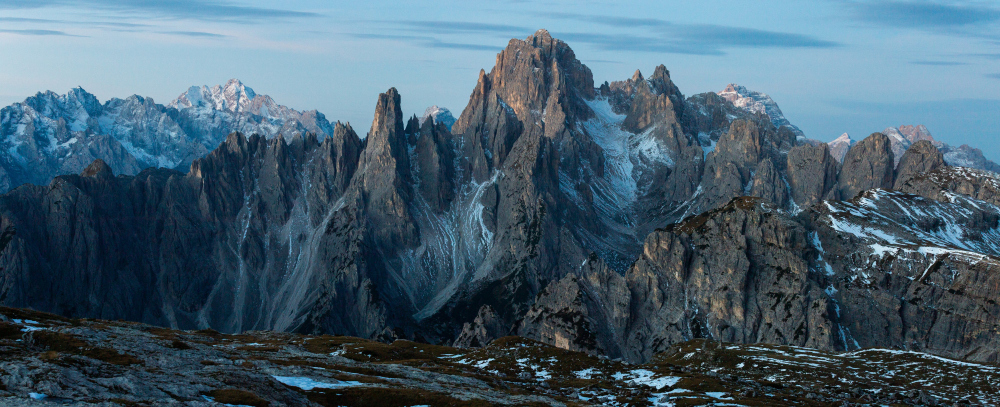
How to Save Money on Hiking and Camping in France
France is a paradise for outdoor enthusiasts. From snow-capped peaks to ocean cliffs and vineyard valleys, the country offers a vast array of hiking and camping opportunities that suit every budget. While the experience can be completely immersive, it doesn’t have to be expensive. With the right approach, hiking and camping in France can be one of the most affordable ways to explore the country’s natural beauty.
Hiking in France: Popular and Hidden Gems
France is home to some of Europe’s most iconic hiking trails, such as:
- GR20 (Corsica) – Known as the toughest long-distance trail in Europe.
- TMB – Tour du Mont Blanc – Circling the Mont Blanc massif, crossing into Italy and Switzerland.
- GR10 (Pyrenees) – A stunning east-to-west trail along the French-Spanish border.
- Verdon Gorge – Ideal for day hikes through dramatic limestone canyons.
- Loire Valley and Alsace – Perfect for gentler hiking with vineyard views and village stays.
Lesser-known regions like the Massif Central, Vosges, and Jura offer equally rewarding experiences with fewer tourists and lower prices.
Camping in France: What to Expect
Camping in France ranges from organized campsites with showers and electricity to wild camping in remote areas. Here’s what you need to know:
- Campsites (“campings”) are abundant and range from basic municipal grounds (~€8–€12) to fully serviced holiday parks.
- Wild camping is technically not allowed everywhere, but is often tolerated in remote mountain areas—especially if done respectfully (1-night stays, no fires, arrive late, leave early).
- Refuges and Huts are common in mountainous regions like the Alps and Pyrenees. These can be reserved in advance and often include a bed and dinner (from €15 to €50 per night).
When to Go Hiking and Camping in France
The best months for hiking and camping in most regions are from May to October. July and August offer the best weather but also the highest prices and busiest trails. For budget-conscious travelers, the shoulder seasons (May–June, September–early October) strike the best balance between good weather and low crowds.
How to Prepare and Plan
- Book in advance for popular mountain huts or high-demand trails (TMB, GR20) especially in summer.
- Bring proper gear: A lightweight tent, sleeping bag, stove, and water filter will save on accommodation and food.
- Offline maps and trail apps like Maps.me or AllTrails are vital in remote regions.
- French is useful in rural areas. While English is spoken at major tourist hubs, basic French phrases can go a long way.
- Travel insurance is recommended for multi-day treks.
How Much It Can Cost
On average, hiking and camping in France can cost as little as €20–€40 per day depending on whether you wild camp or stay in paid huts. The biggest savings come from bringing your own food, camping equipment, and choosing low-season travel.
Tips for Saving Money
- Camp instead of staying in hotels or huts whenever possible.
- Use municipal campsites which are far cheaper than private ones and usually in great locations.
- Buy food in local markets and cook your own meals. Ready-made meals in huts or refuges are pricey.
- Travel with friends to split gear weight and share costs for transportation and food.
- Hitchhike or use BlaBlaCar to access trailheads instead of taxis or rental cars.
- Use a Carte de Randonnée (hiking map) from local tourism offices for free instead of buying expensive guidebooks.
- Check regional websites for free hut stays or reduced-price trail passes.
Final Thoughts
Hiking and camping in France can be the ultimate low-cost, high-reward experience. Whether you’re tackling alpine peaks or strolling vineyard trails, being outdoors allows you to connect deeply with the landscape—and save money while doing it. With a bit of prep, a decent tent, and a good pair of boots, the French wilderness is yours to roam.
